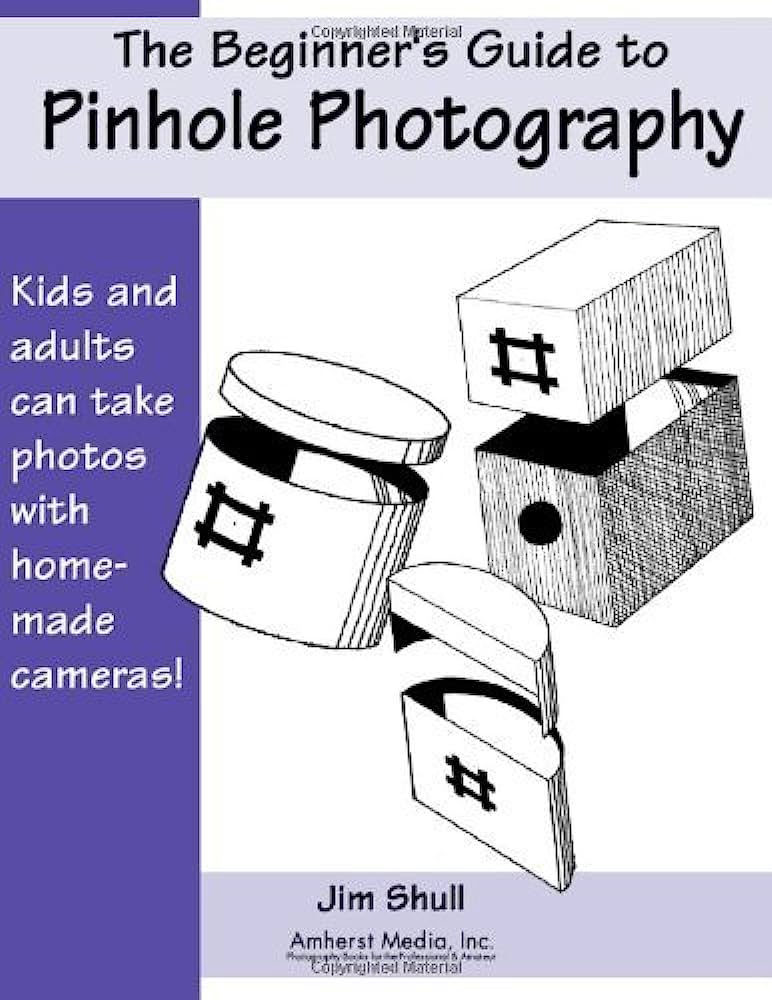The Beginner's Guide to Pinhole Photography, by Jim Shull

Fancy digital SLR cameras are a lot of fun and take great pictures. In this world of continuing advancements in the ease of use and capabilities of all manner of gadgets, it's easy to to forget the simple ideas that had to come first. So much can be learned from revisiting the more primitive implementations of just about any technology. Making and using pinhole cameras and learning about pinhole photography is a fun and valuable experience for any photographer and can be rewarding in its own right.
Jim Shull's 1999 book The Beginner's Guide to Pinhole Photography is a classic in the field. Although it is not the most technical treatment of the subject, it is a perfect introduction to pinhole photography, or–as Shell calls it–"fotography".
Easy Ideas for Pinhole Cameras
Before deciding how to make a first move into the world of pinhole, it is a good idea to read through the entire book. Having accomplished that, the interested reader will know where to comfortably begin. Some outside help in the form of web research to get more specific advice on camera construction would be helpful. You could get really creative and even make a camera out of LEGO.
After a brief explanation of why a pinhole camera works, basic ideas on constructing a camera are presented. The aperture is of course a critical component of any pinhole camera. It is possible to create an image using a hole poked in the side of a shoe box with a pin, but a good pinhole camera that does not make. Shell provides an excellent method for constructing a good aperture using a thin sheet of brass.
A pinhole camera housing can be made out of just about anything so long as few basic requirements are met. For those unusual cases where a suitable box or can cannot be found, a plan for a camera made out of card stock is included in the back of the book.
Getting Started With Pinhole Photography
Camera in hand, it is time to take and develop some pictures. Oh, and a dark room of some sort will be needed. No worries. Shell gives some practical and useful tips for constructing a simple darkroom, set up with the bare essentials for producing prints.
The author has left plenty up to the photographer. Shell has not provided a detailed step-by-step guide to becoming an expert in the technique and art of pinhole. Some data for aperture diameters, focal lengths, and exposure times are provided. It's just enough information to get started.
A first pinhole camera probably won't be the ultimate. Initial attempts at producing an image may fail and learning to develop film takes some practice. The best way to learn any new skill is to get out and do it and learn from mistakes. This book provides an excellent starting point to begin that journey.
Although it seems to out of print, The Beginner's Guide to Pinhole Photography is available used (at collector's item prices) and there is a good chance a decent-sized library system will have a copy. Thanks to the publisher, it is also available in e-reader editions.